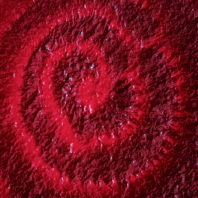
WSU Track & Field favorites
I didn’t realize until I compiled this favorite-moments list just how much the dictum of “no cheering in the pressbox” has come to dominate how I watch/enjoy the sport. Unfortunately, I’ve done a good job—too good, in fact—of learning how to be dispassionate. It makes me a better journalist and broadcaster, but it saps some of the vitality out of being a fan. So as you’ll see, my list is very much front-loaded.
Chronologically, these self-centered moments stick with me (noting that I’ve restricted individuals to a single appearance apiece, or it would run the risk of being all Gerry Lindgren and Henry Rono):
… » More …








